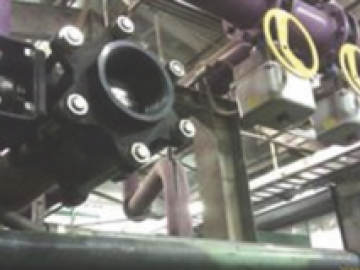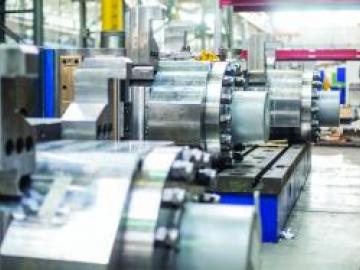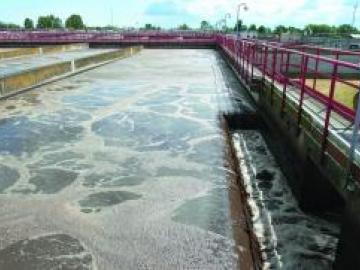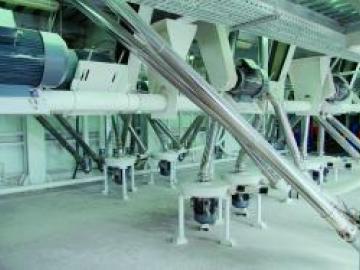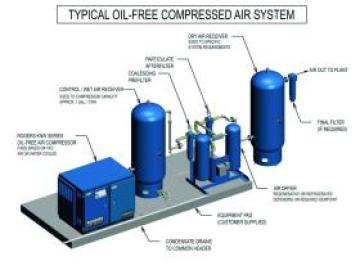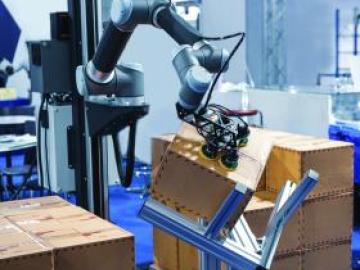Six Summer Maintenance Tips for Your Vacuum Pump
By following these summer-specific maintenance tips, you can help extend the lifespan of your vacuum pump, improve its performance and reduce the risk of costly repairs or replacements. Regular maintenance during the hot months not only keeps your equipment running smoothly, but also ensures it operates safely and efficiently under challenging conditions.
